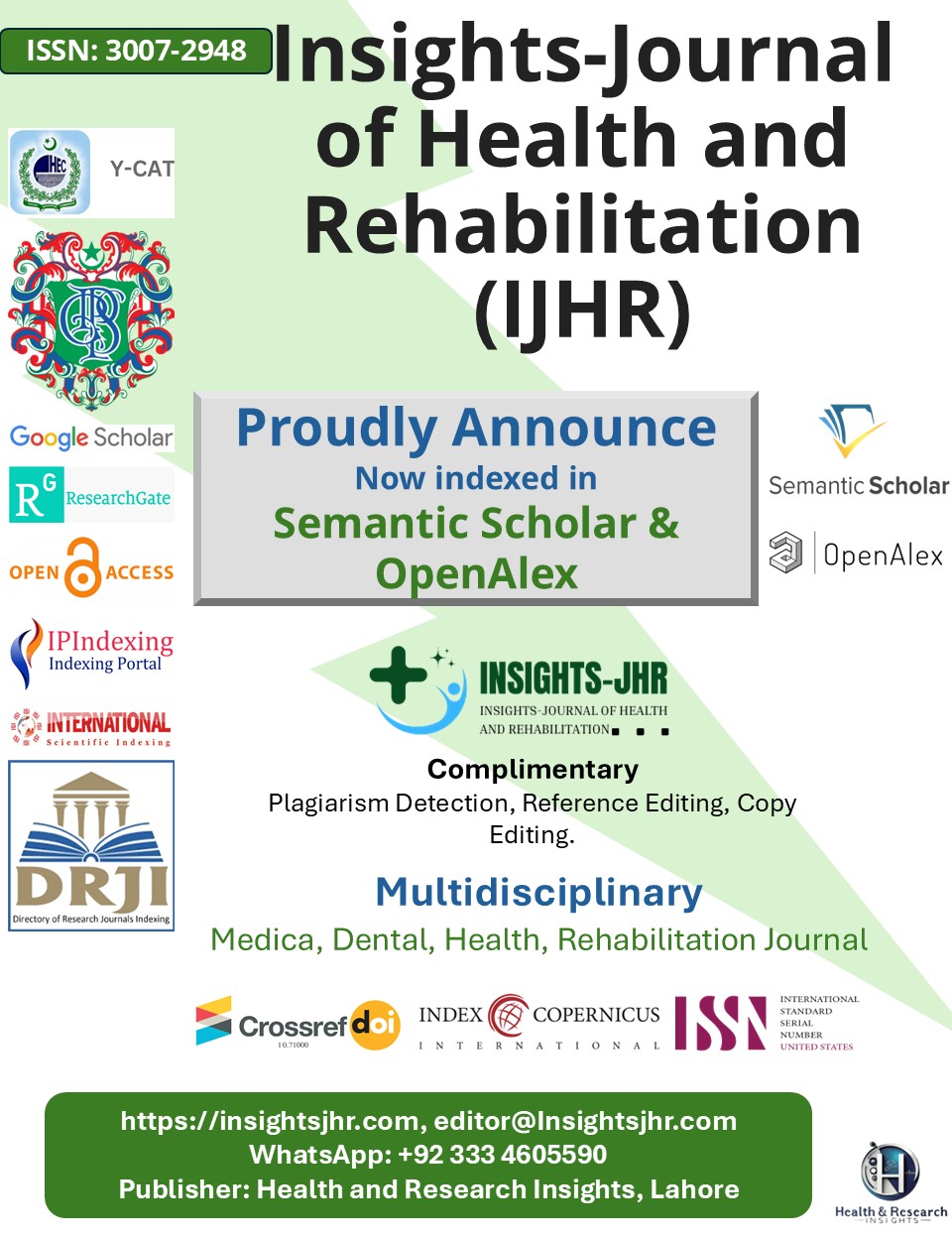EFFICIENCY OF CT SCAN ON DETECTING SKULL FRACTURES MISSED ON PLAIN RADIOGRAPHY IN TRAUMA PATIENTS
DOI:
https://doi.org/10.71000/4j9f7x05Keywords:
Craniocerebral Trauma, Diagnostic Imaging, Emergency Medical Services, Radiography, Sensitivity and Specificity, Skull Fractures, Tomography, X-Ray ComputedAbstract
Background: Timely and accurate diagnosis of skull fractures in patients with head trauma is crucial to prevent severe neurological outcomes and guide immediate management. Although plain radiography (X-ray) is widely used for its accessibility and low cost, its diagnostic limitations in complex cranial regions often result in missed fractures. Computed tomography (CT), known for its high-resolution imaging, has emerged as the preferred modality in trauma settings due to its superior sensitivity and anatomical precision.
Objective: To assess and compare the diagnostic efficiency of CT and plain radiography in detecting skull fractures among patients presenting with traumatic head injuries.
Methods: A retrospective cohort study was conducted on 130 patients with traumatic brain injury who underwent both X-ray and CT imaging within 24 hours of hospital admission. Imaging was performed using FUJIFILM DR27936 for X-ray and a TOSHIBA 128-slice scanner for CT. Data on fracture presence, location, and complexity were extracted from radiologist reports. Diagnostic metrics including sensitivity, positive predictive value (PPV), and negative predictive value (NPV) were calculated using SPSS.
Results: CT scans identified skull fractures in 119 patients (91.5%), while X-rays detected fractures in only 89 patients (68.5%). X-rays failed to detect 30 fractures that CT revealed. The sensitivity, PPV, and NPV of CT were 91.5%, 100.0%, and 26.8% respectively. Fractures were most commonly located at the skull base (34.6%), followed by the frontal (24.6%) and parietal bones (17.7%). Complex fractures were more prevalent (53.1%) than simple fractures (45.4%).
Conclusion: CT scanning significantly outperforms plain radiography in detecting skull fractures, particularly in anatomically complex regions. Its high sensitivity and diagnostic accuracy make it essential for trauma assessment, and its use should be prioritized in emergency settings to ensure prompt and effective patient care.
Downloads
Published
Issue
Section
License
Copyright (c) 2025 Muhammad Yasir, Rashida Perveen, Fariha Yaseen, Muhammad Nauman Saleem (Author)

This work is licensed under a Creative Commons Attribution-NonCommercial-NoDerivatives 4.0 International License.







